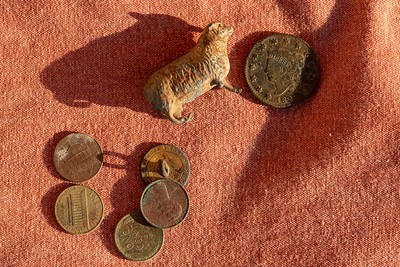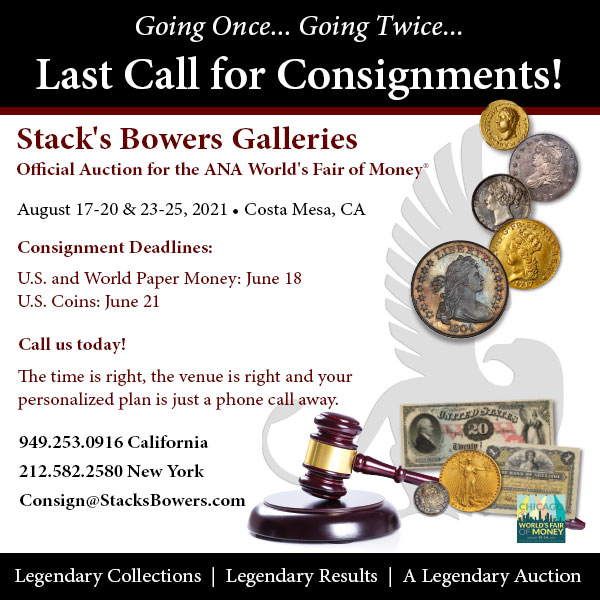
PREV ARTICLE
NEXT ARTICLE
FULL ISSUE
PREV FULL ISSUE
THE NEW DETECTORISTSA recent New York Times article highlights a new generation of metal detectorists. -Editor Nikoline Bohr, 32, who is a member of the Ring Finders network, with her metal detector at a construction site on Nantucket Island in Massachusetts.Credit... People have been metal detecting since 1881, when Alexander Graham Bell invented a device to find the bullet lodged in President James Garfield.
But it took several more decades for recreational metal detectors — devices that resemble Now, that cult following is growing. Detector makers are reporting record sales. According to an annual report from one brand, Minelab, in 2020 the company sold 30 percent more detectors than the previous year, which had climbed 18 percent the year before that. And we are in a bit of a detectorist media moment. New York magazine is making listicles of the best metal detector models. Drew Barrymore is giving them away on her show. The teenage sketch comedian Parker James is wielding one before his six million TikTok followers. In England, Carey Mulligan is making it mainstream; on Nantucket, millennials are making it fashion; and in the gaming industry, a romantic thriller-meets-metal detecting video game will be released this summer.
While some longtime detectorists relish the hobby’s solitary nature, others have been hungry for more attention. For the past eight years, Michael Bennett, known as At first, no one paid much attention. Today, detectorist content creation is his full-time job.
Detectorist YouTubers and television shows in recent years have helped draw a new audience to the pastime. But more recently, a propelling force of its rising popularity is — you guessed it — the pandemic. In Saunderstown, R.I. this past fall, 150 enthusiasts paid $125 each to hunt on a local farm that was seeded by the event organizers with 1,500 antique coins valued at some $6,000. It didn’t matter that the coins were planted; social distancing was built in.
Ryson Zettlemoyer, a 36-year-old gem cutter, handyman and detectorist operating near Eureka, Calif., agrees that the pastime is growing in popularity and it’s no wonder, he said. According to Mr. Zettlemoyer, there are thousands of documented buried
In the 1930s, thousands of banks closed their doors, while at the same time, the federal government passed an act to seize citizens’ gold. For one recent commission, he searched for two days and located a Mason jar buried a foot deep containing several gold bullions, and two one-ounce gold bars.
To read the complete article, see:
Wayne Homren, Editor The Numismatic Bibliomania Society is a non-profit organization promoting numismatic literature. See our web site at coinbooks.org. To submit items for publication in The E-Sylum, write to the Editor at this address: whomren@gmail.com To subscribe go to: https://my.binhost.com/lists/listinfo/esylum All Rights Reserved. NBS Home Page Contact the NBS webmaster 
|


